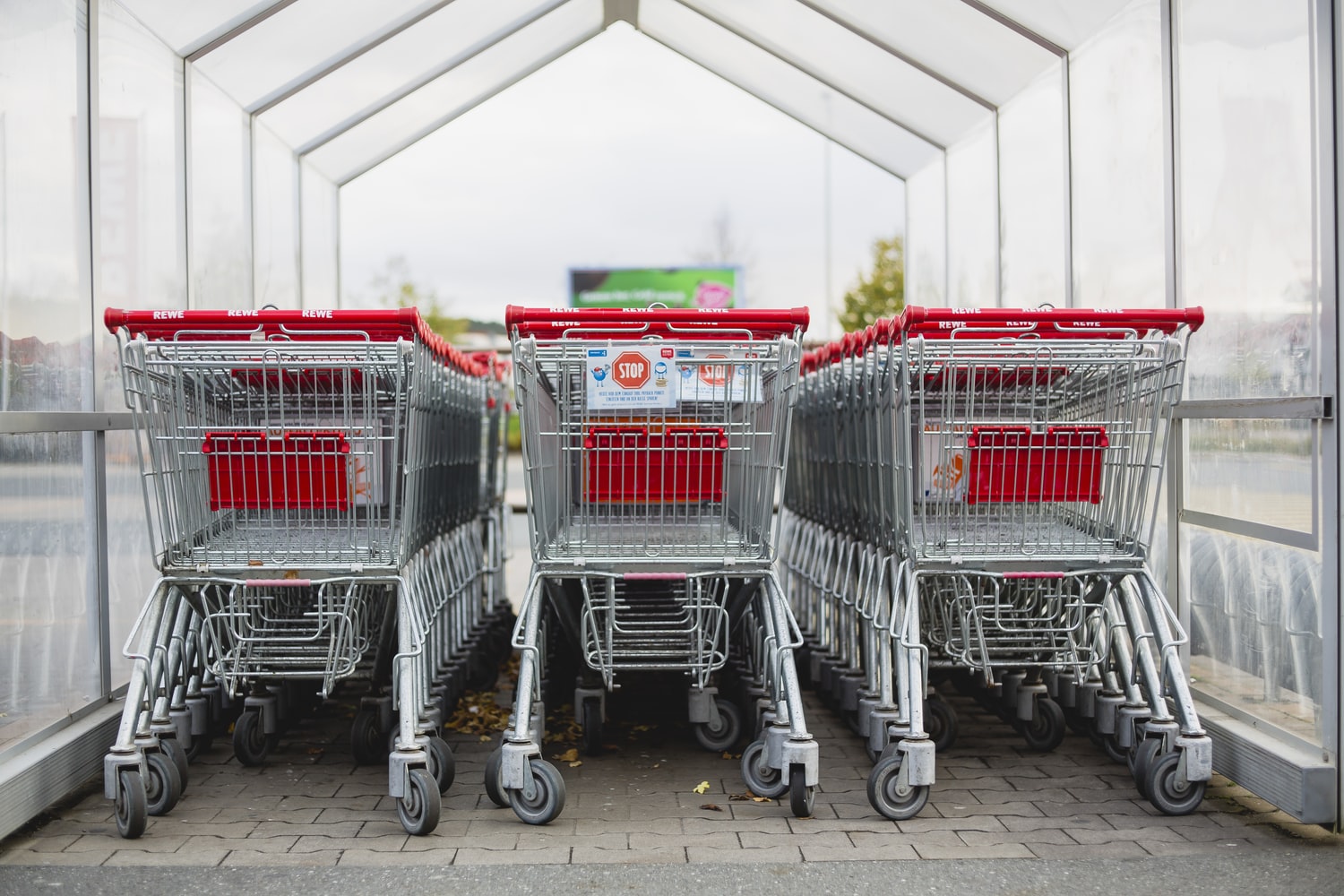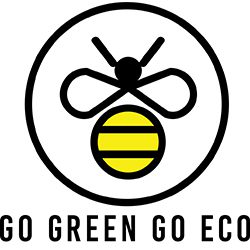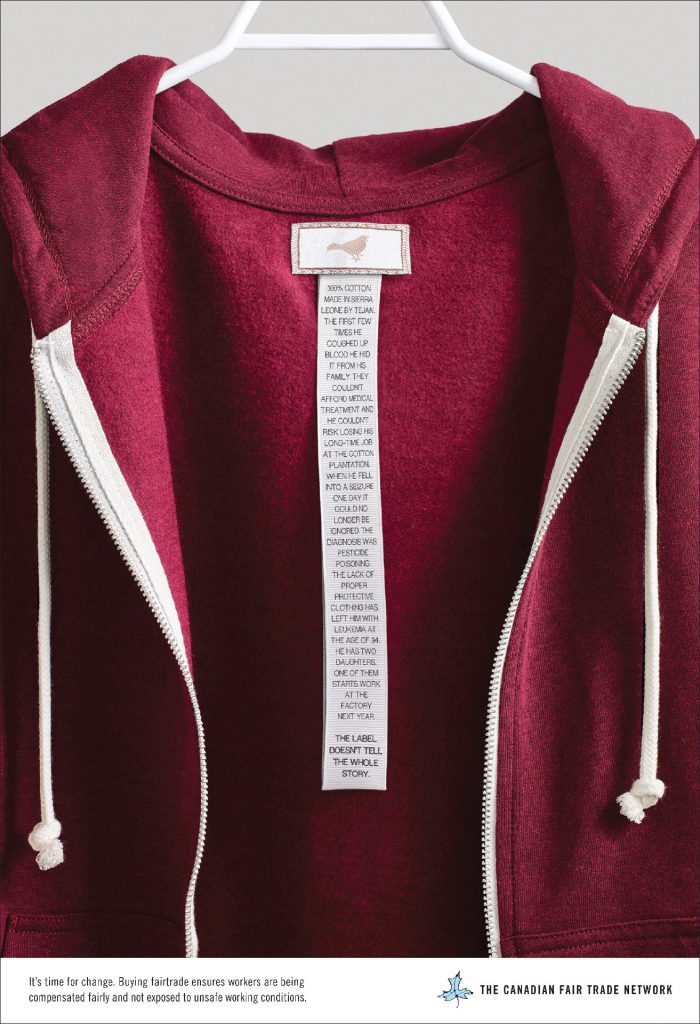
Hello, how do you decide which brands to buy from and what products to choose? This blog is about a rising trend of a conscious consumer. It’s a fascinating change happening globally forcing brands to evolve and demonstrate that they care about the planet. Retail therapy is out of date and young generations take ethical approach to shopping, rejecting wear-it-once culture and choosing minimalism.
But what doest it really mean? Is it another buzz word? How can we shop consciously? And can we actually afford it?
Most of us financially support companies we might not necessarily support socially, ethically or philosophically.
The New York Times
What does it really mean?
Conscious consumption is not just about what we wear. It is all encompassing: where we live, how we move, the food and drink we consume, how its ingredients have been grown, processed, and packaged, and what happens to the leftovers when we are done consuming.
We Forum
First signs appeared in early 2000s with the birth of organic food. Then the Fair Trade movement followed. And today conscious consumerism is entering the mainstream, and it is happening across all continents. New type of consumers, particularly Millennials, are not only shopping with the environment in mind but also trying to reduce their consumption.
For me conscious consumption is buying products from shops or brands I am trying to support through my purchases. Lockdown made me think about consumerism and I don’t find it negative. Contrarily, I think that we need to continue spending to allow businesses, especially small, to survive. But each single purchase should be considered as a gesture of approval or disapproval. As consumers we have an impact on brands by either buying from them or refusing to do so.
Don’t take me wrong, I am not perfect. Only some of my purchases are conscious and ethical. But I am more and more aware that my money can support or topple businesses, that’s why I am trying to make use of my ‘special power’. And I am not the only one – the numbers of conscious consumers are growing.
Rising trend
- The Conscious Consumer is a key trend for 2019, according to Euromonitor International.
- 81% of consumers globally feel strongly that companies should do more to preserve the environment, according to the Global Confidence Survey.
- 75% of Brits adopt ethical shopping and healthier eating habits, states the WalNut omnibus.
- Over 50% of US and UK digital users say environmental concerns impact their purchasing behaviour, according to Global Web Index.
- 48.9% of conscious consumers were making a conscious effort to buy less stuff, according to GlobalData.
Brands response to a conscious consumer
OK, so does it mean we should all buy locally from small businesses only? The reality is, even if we want to exclusively shop with our planet in mind, we still need convenience and affordable prices. What can we do?
There are many mainstream corporations that have been either set up as purpose first or others that are evolving to become more sustainable. Here are some examples.
Placing purpose at the heart
Toms, shoes company, was started based on the principle of one for one. They’re a for-profit company that donates a pair of shoes to a child for every pair sold. Their tagline is: “We’re in business to improve lives.”
Outdoor junkies must have heard about Patagonia, the outdoor clothing company founded by an avid climber. They have always been environmentally conscious and are leaning toward environmental activism.
Pleading to go sustainable
Inditex Group, parent company of a clothes retailer Zara, made a public pledge that they’ll ensure that 100% of the cotton, linen and polyester used will be sustainable, organic or recycled by 2025.
Appealing to majority
Unilever decided to make a new Cif’s Ecorefill, a concentrated refill to top up with water and attach to an old spray bottle. It was designed to slash single-use plastics, water-use and greenhouse gas emissions. And was created with a ‘casual’ conscious consumer searching for affordable choices.
Innovating and educating
Ikea launched a ‘Gunrid’ – an air purifying curtain made from “a textile that breaks down common indoor air pollutants such as odours and formaldehyde”.
Hot off the press, Coca Cola and Carlsber just announced their backing for a “pioneering project to make ‘all-plant’ drinks bottles.”
Five steps to become a conscious consumer
Right, so what can each of us do to become a conscious consumer? Here are my five suggestions, and no deep pockets are needed. If you have other ideas, I would love to hear them – check a comment box at the end of this blog.
1. Start small
Take tiny steps first and don’t expect to change how you buy and think at once. Understand what conscious consumerism is about and choose a few areas you want to focus on first: retail, fashion or reduced consumption by reusing or repairing. I started by supporting friends’ businesses. I know who they are, how they work and what values they follow. And I am trying to help their brands and causes.
The very latest purchase I made was to support my ex-colleague, a fantastic creative person from Bristol. To raise money for NHS, medical service in the UK, he opened an online shop Life On Hold. I will be happy to have one of the prints he sells, knowing where my money will go to. In this case, being a conscious consumer gave me not only a nice feeling but also a funky print for my home. Let’s call it my own ‘conscious’ retail therapy.
2. Do your research
OK, but where do we start? How to find the companies that want to do good? Technology made buying easier by searching through tonnes of data and giving us transparency on ingredients, brand certifications and supply chain. I’m just discovering ‘ethical shopping’ platforms and apps. Here are a few I found so far but I haven’t tested them yet.

Good On You is a website and an app focussed on ethical brand ratings.

Better World Shopper is an online guide which rates companies for their social and environmental impact.
3. Know what certifications mean
While doing a research for this blog, I realised how many definitions I don’t really understand. Here are some of the most used ones. They will no doubt differ in each country but there are common meanings and values they are all measuring:
- Ethical – it is subjective but usually means that the company follows the most legal global practices (minimum wage, employment laws).
- Sustainable – refers to most minimal negative impact on the world, long term thinking and consideration for economy, society and the environment.
- Fair Trade – is about better prices, decent working conditions and fair terms of trade for farmers and workers.
- Organic – a method of farming that avoids the use of all synthetic compounds and pesticides.
- Non-GMO (or GMO free or GE free) – is about keeping products natural, free from genetically modified organisms.
- B-Corp – Certified B Corporations are businesses that meet the highest standards of verified social and environmental performance, public transparency, and legal accountability to balance profit and purpose.
- One for One – businesses that promise with the purchase of every single product, they are doing an act of good.
4. Read labels
This is a big one for me as I am very bad with reading labels, not to mention following instructions. Brands that are sustainable will often mention about it on labels, and will including information on:
- What the clothing is made of
- Is it a sustainable material
- Where was it produced
You might also spot other messages as labels have become a fantastic way of telling stories, those positive but also upsetting ones. Here is one from the Canadian Fair Trade Network. I also found interesting articles about the power of label when it comes to eco credentials.
“Consumers are looking for ethical seals of approval on clothing, prompting retailers to promote sustainability right on the tags.”
Vogue
5. Buy second hand
This is my favourite one. It has never been easier to find a ‘pre-loved bargain’ and it makes sense and is good for the planet. I really like buying second hand especially when it comes to items for kids and furniture. And with all the new apps and platforms popping up it is almost instant. Which one are you using?
More ideas
If you’re searching for more ways to live a greener life, read an interview about zero waste home. Or learn how to set up your own beehive.



One thought on “What is a conscious consumer”